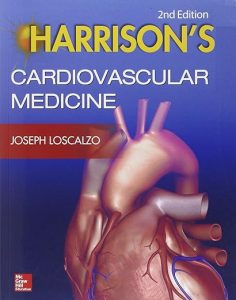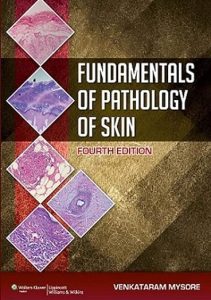 Books on pathophysiology tend to specialize in a certain field such as endocrine or cardiovascular pathophysiology. This is the only pocket atlas that treats aspects of pathophysiology for all important disorders. The book’s organization gives the reader quick access to the informative texts and the 181 comprehensive and clear color images. Informative images show the causal relationships between disturbances of physiological processes and the resulting malfunction and illness.
Books on pathophysiology tend to specialize in a certain field such as endocrine or cardiovascular pathophysiology. This is the only pocket atlas that treats aspects of pathophysiology for all important disorders. The book’s organization gives the reader quick access to the informative texts and the 181 comprehensive and clear color images. Informative images show the causal relationships between disturbances of physiological processes and the resulting malfunction and illness.
This flexi is designed both as a reference both for the student preparing for exams and the trained physician wishing to update his knowledge on pathophysiology.
GET IT FREE HERE








